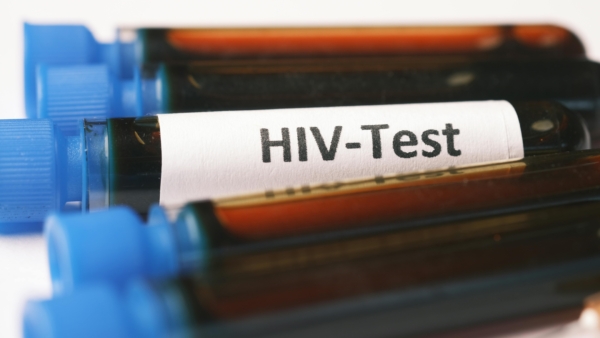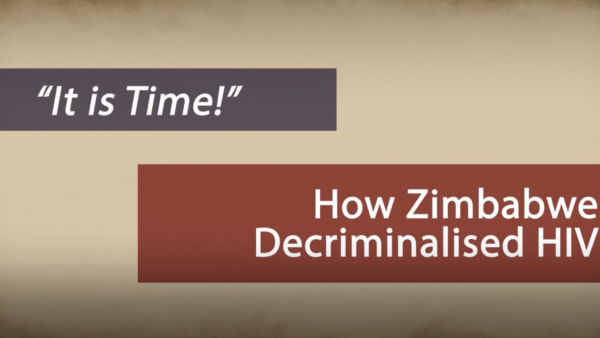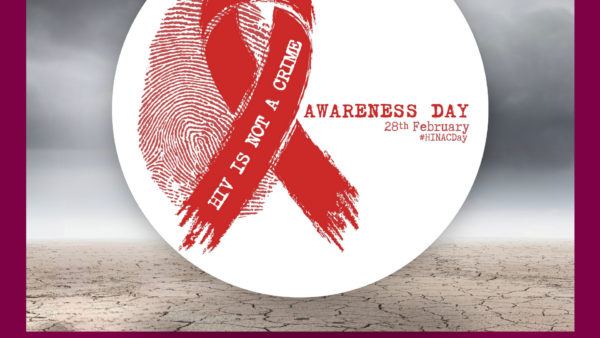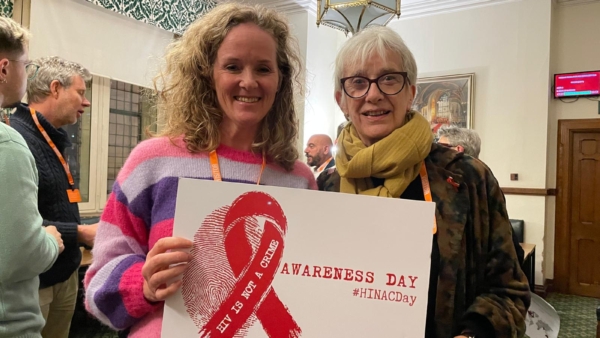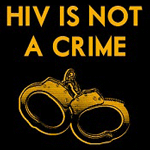
The preventative effect on HIV transmission of being virally suppressed due to antiretroviral therapy (ART), as recognized by the Swiss Commission for HIV/AIDS in 2008, has helped to reduce the criminalization of HIV exposure in Switzerland. Since the Swiss statement’s release, there have been acquittals of two HIV exposure cases in 2009, no further prosecutions for HIV exposure and alterations to the law used in these cases, according to study results presented at EACS 2013 in Brussels, Belgium.
Although Switzerland is not the only country to criminalize HIV, the country did have one of the most severe HIV criminal legislation in Europe, together with Sweden and Austria. Swiss law had considered exposure to HIV, defined as sex without a condom between an HIV-infected individual and an HIV-uninfected individual, a criminal offense. This was the case even if the HIV-uninfected partner gave consent, there was no transmission or the HIV-infected partner did not know his or her status.
The criminal cases were based in two articles of the Swiss penal code: 122, which concerns serious bodily harm, and 231, which covers transmission of human diseases. The latter, despite supposedly being a public health measure, had only been invoked in cases of HIV exposure or transmission. From 1990 onward, this legal apparatus had resulted in more than 80 proceedings, with 48 prosecutions — over half of them due to exposure only, with no transmission having happened.
This scenario started changing in 2008, according to Deborah Glejser and Sascha Moore Boffi, from Groupe Sida Genève, a Swiss community-based HIV organization. Glejser performed a survey that reviewed criminal judgments in Swiss cantonal and federal courts, statements by stakeholders and policy makers and records of parliamentary sessions since 2009. Glejser states that the turning point for advocacy work against criminalization was the declaration issued by the Swiss Commission for HIV/AIDS (now known as the Swiss Commission for Sexual Health) in 2008.
The Swiss statement, as it became known, stated that “HIV-positive individuals on effective antiretroviral therapy who have had an undetectable viral load for at least six months and without sexually-transmitted infections are sexually non-infectious.” Due to the worldwide controversy created by the declaration, it was not immediately used in court, with Swiss prosecutors trying to have it removed from debates so as not to be used as a defense. Although there was international acknowledgement of the Swiss statement in 2009, advocacy groups did not wait for it, using policy briefs by UNAIDS to show that criminal laws against HIV transmission had no impact on the spreading of the virus or containment of the epidemic.
A breakthrough came in December 2008 in the case of an HIV-infected man who was condemned to a year and a half of prison by a Geneva court. The man knew he had an undetectable viral load and had sex with two consenting HIV-uninfected women. Although no transmission occurred, the two women sued the man, who appealed the sentence. Three months later, the court cleared him of the charges stating that he was undergoing ART at the time and had little chance to infect his partners. This was the first decision of its kind in Switzerland, but not the only one. A second acquittal happened in 2009. Since then, no further prosecutions have been carried out for HIV exposure when the HIV-infected partner was on effective ART.
For Glejser, these acquittals were a major step forward and set a legal precedent, leading to a significant decrease in the number of prosecutions after 2009. This was supported in later years by changes in legislation, such as the 2012 reformation of article 231, preventing prosecution when informed consent is given. With the new wording, the article will only be invoked for intentional or malicious transmission.
HIV exposure can still be prosecuted under article 122, but thanks to a 2013 ruling by the Swiss federal court (equivalent to the U.S. Supreme Court), HIV transmission is no longer considered serious bodily harm, falling under common assault and making it easier for defendants to use the Swiss statement for defense, as well as resulting in lesser sentences.




